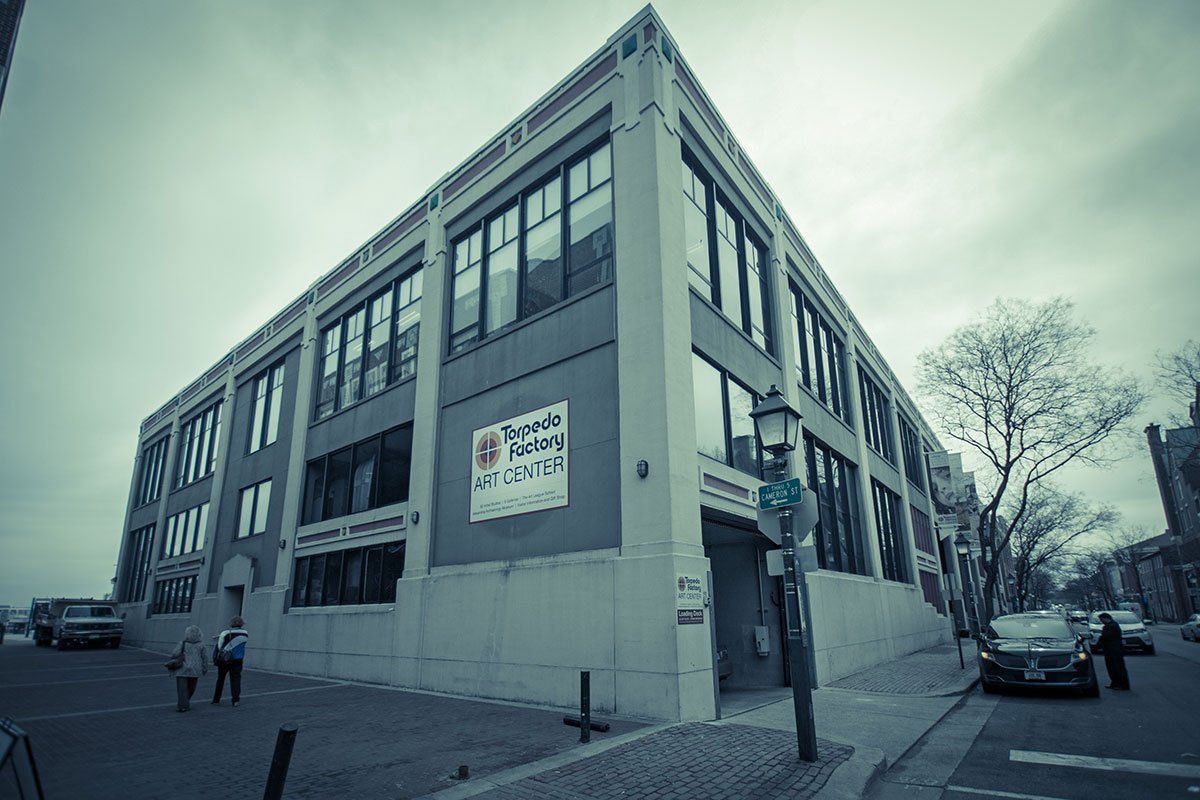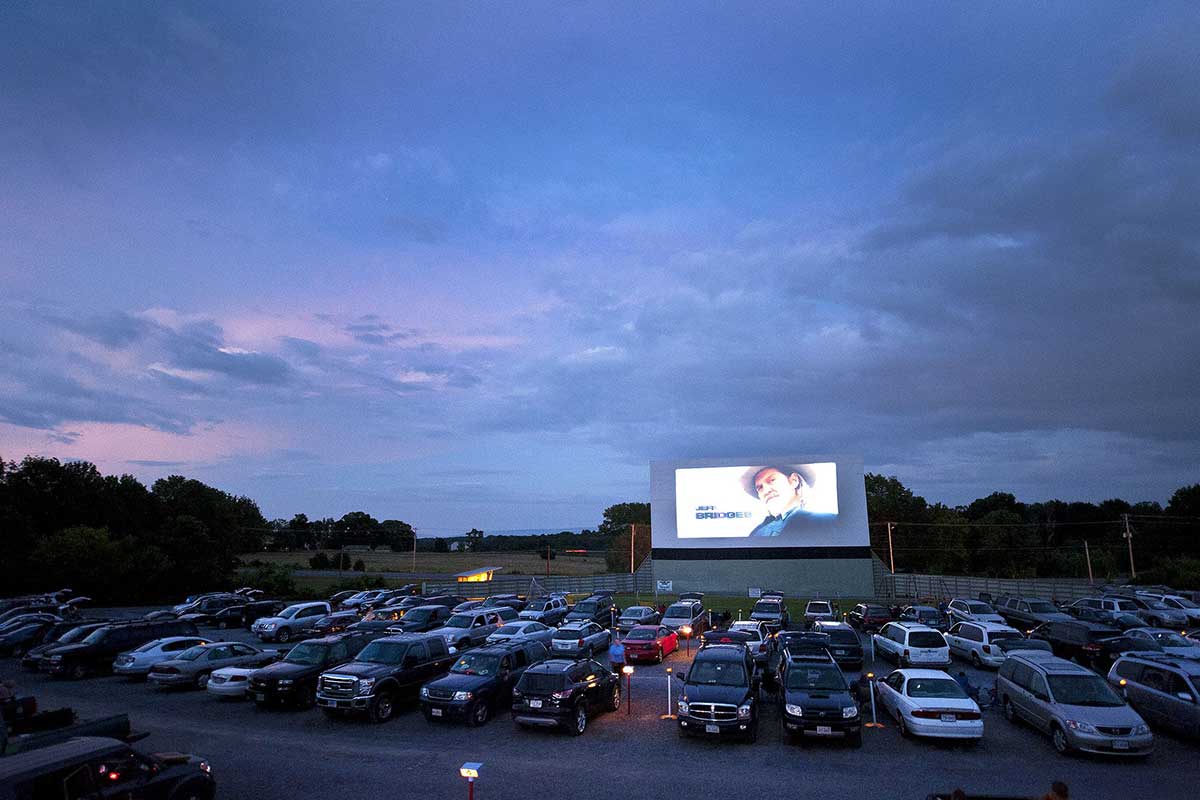
Who better to take you on a tour of the area’s spy sites than an inside guy? Brian Raymond, a former CIA agent and director for Iraq on the National Security Council, is giving anyone access to his knowledge of clandestine sites in and around Northern Virginia through his recently released app, DC Spy Guide (99 cents on iTunes).
Search spy sites based on era of espionage—World War II or Soviet/KGB spy history—and by type of sites—meeting or dead drop sites, historical residences and more. You’ll get in-depth information on how the sites are intertwined in the spy world.
How in-depth could you go?
The big takeaway: There is so much history not even contained in this app that is unclassified that I haven’t even had the chance to compile and put in. There are about 165 locations currently in the app, and there is at least double that that I intend to add in the future.
As we know from reading the headlines and seeing the Congressional investigation and all the special investigations, there is a lot still going on today. If you don’t have a security clearance and you’re not living in this world that is still the epicenter for this sort of activity, that shouldn’t stop you from learning a whole bunch of interesting things that you might not have ever known that are right under your nose.
Tell me about the vetting process.
I am bound by a secrecy agreement, so I find out on my first day at the CIA that anything related to espionage or clandestine activity I would run by them, and we would get on the same page. So everything in this app has been signed off on by the CIA to make sure I wasn’t divulging secrets. They did have edits to some of them, but I tried my best to keep as much information as possible. That was a very long process to make sure I wasn’t accidentally divulging secrets, but at the same time it was interesting and accurate historically.
With current events, there was a woman from the State Department who was arrested for inappropriate contact with foreign agents just in the past few months, and all this was published in The Washington Post routinely. These sorts of things are rarely confirmed by the intelligence community because they remain highly classified. There are leaks, and investigative journalists are able to uncover this, so I am sort of in a special position because I was a former intelligence officer and signed that secrecy agreement, and I have a different duty than someone like a journalist just doing this on their own who didn’t have daily access to top secret reports for half a decade.
Raymond’s Favorite Spy TriviaRaymond’s Favorite Spy Trivia
The 007 moniker from James Bond comes from a Georgetown zip code: 20007. During World War II, acclaimed children’s author Roald Dahl was an undercover MI6 agent stationed in D.C., with orders to covertly influence the Roosevelt administration to become more involved in war. He and his buddies, including Ian Fleming, would stay at his place in Georgetown—and it was teeming with double agents and spies. Fleming said let’s name it 007 just because the amount of time they spent in Georgetown.
Tysons Corner Mall was used a few times during the ’80s by the Russians. In one instance, the Russians took a defector who came into the Russian embassy, which was under constant FBI surveillance, and they took a bunch of cars and drove in different directions, one of which went to Tysons Corner Mall, parked in the garage and ran into the mall so the FBI couldn’t surveil them.
Robert Hanson, an FBI agent who is serving a life sentence in a maximum security prison for selling secrets to the Russians and is considered one of the most notorious traitors in American history, had a network of dead drop sites in parks all throughout NoVA and would leave top-secret documents for the Russian handlers to pick up. It was when he was leaving documents in one of those parks that the FBI eventually caught him.




